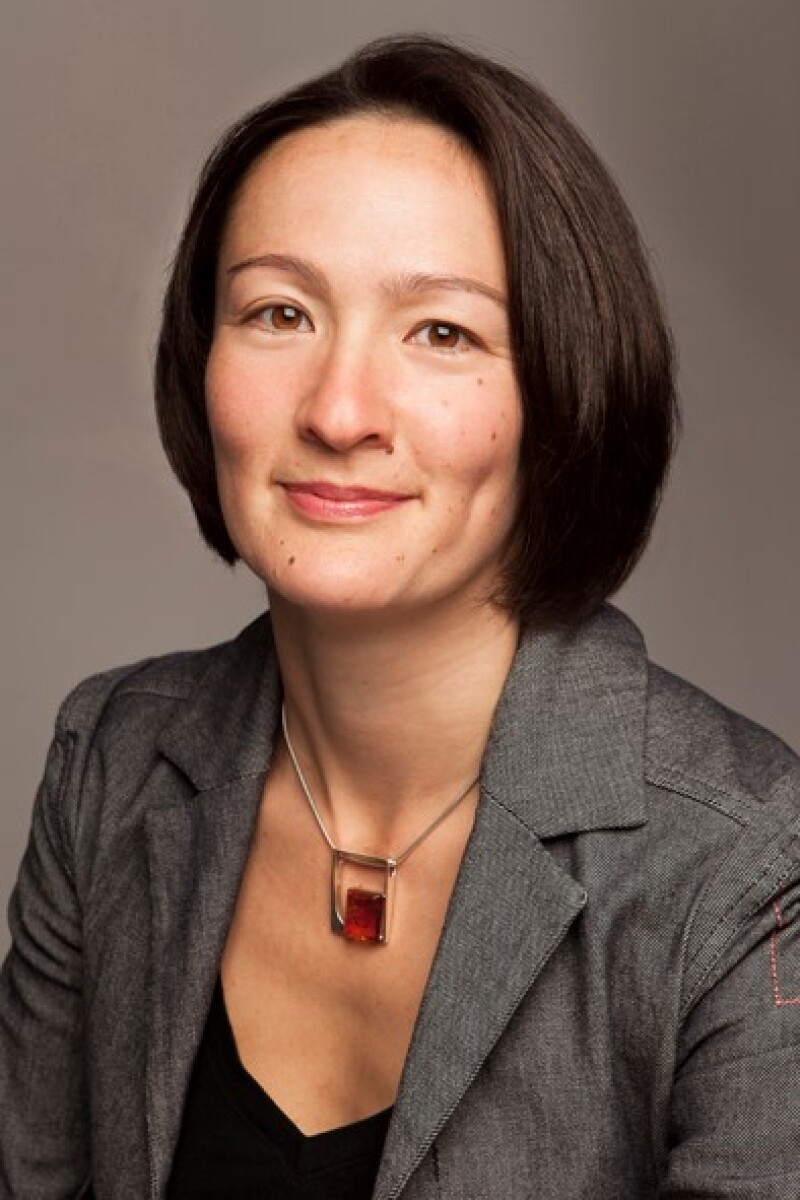
Though Madelyn Postman no longer produces designs of her own, she has maintained links to the creative industries, working with clients in luxury, jewellery and fashion. Postman recently attended a Westminster Media Forum Keynote Seminar on digital strategies, IP and competition in the fashion industry. Speaking on the seminar which included talks from thought-leaders in the creative industries, education, government and trade, Postman said: “It was really interesting to hear about protecting designs and the fact that the costs are coming down so they are easier to protect. There is a lot of copying in the fashion world. Where do you draw the line between being inspired by someone else’s design and copying something?”
The answer to this question continues to elude members of the creative industry and legal practitioners alike.
After working as a freelancer, Postman moved on to Gucci in Italy, where she worked as a senior designer and art director. Since 2002, she has focused on developing visual materials and corporate identity for brands from a range of sectors including education and property. Recent clients include Tesco and Kenwood.
Building a strong brand
Postman notes: “When you start in design, there is a bit of a divide between above-the-line and below-the-line advertising and they are two quite different worlds. We work on the identity side and branding. It’s always exciting to work with new companies and brands - there is always something new going on or a product going through a change and that is part of the attraction. It’s quite dynamic.”
While her background is founded in the visual arts, Postman has developed experience in creative direction, account handling, business management and an appreciation for intellectual property: a place where unimpeded creativity meets intricate planning. The team at Grain Creative comprises design, web and branding experts who work alongside external linguists, who ensure that proposed names align with the intended brand message.
Grain outsources all IP searches and protection work to lawyers and trade mark attorneys. Postman says: “Whether we’re using in-house lawyers or the trade mark lawyers, we often comes across different points of view. In-house lawyers are a bit more cautious. It really depends on the person. One lawyer might say you can go ahead with a particular name and another lawyer might go against it.”
Postman and her colleagues employ a traffic light system for risk assessment, presenting potential names only after searches have been completed. Ultimately, in pursuit of ingenuity, Postman says it is not uncommon for clients to take a gamble: “We present a top five of green names and some amber ones. It may be that the client decides that they like amber names more than the green ones. That’s always really interesting.”
Corporate identity and IP protection
According to Postman, establishing a comprehensive strategy is the first and most important step to take towards creating a durable brand: “Some people think of branding as being about logos and it’s just one part of it. It’s really crucial to get the strategy right, then everything follows from that, so that’s where we always start.”
Expanding on naming strategy, Postman says: “First we look at competitors, the geographies that need to be covered and the Nice classes which are really important. We also assess what clients might be willing to compromise on and whether they are any classes they cannot have. It is difficult to obtain a name that you can protect across a lot of classes and in a lot of geographies, so these are some of the functional criteria of the naming process.”
Typically, Postman says that laying down a strategy can take anything from two to three weeks. This precedes the start of the creative process, during which the team spends about one month in brainstorming sessions and research before presenting their findings to the client. Postman says: “We generate up 50,000 to 100,000 of what we call raw names. From those, we narrow it down to about 50 to 100 names that we do identical searches on. We then narrow it down to just one name which is then fully searched and registered.”
As an advocate for IP protection, Postman says that even as owner of a brand and design agency, she finds herself at the receiving end of trade mark infringement: “We have people infringing on our name all the time, because they just don’t realise that it’s protected. We have to write to design agencies and say: you can’t use the name Grain in the UK and Europe!” Postman holds the view that such occurrences are largely attributable to ignorance of trade mark law in brand creation.
While Postman’s role is concerned with creating visual identity and not IP law, she shares her observations on the biggest challenges facing emerging and existing brands: “I think it’s the aspect of time – not the time it takes to make a brand, but that more and more names have been claimed over time. It feels like names are being taken out and this makes naming harder for brands.”
On whether the naming and branding industries are affected by digital advances, Postman says: “It does have an impact for image rights in particular, because people are unaware of image rights and how they work. In the past, there were fewer professional images as it was harder to create high quality images without a professional camera.”
With the emergence of 3D printing and unconventional marks, industry members have become increasingly concerned about how to adequately protect such marks and issues of true distinctiveness. Postman says: “People using names that are unregistered are not protected. We let our clients know this when they come to us.”
Having experience as both a designer and creative agent, Postman is sympathetic to her clients’ concerns but places greater value in education. She stresses: “To clients who come with a name and really do not want to apply for trade mark protection because of costs, we say: it’s a risk, everything you are investing in the company can be taken away from you.”











